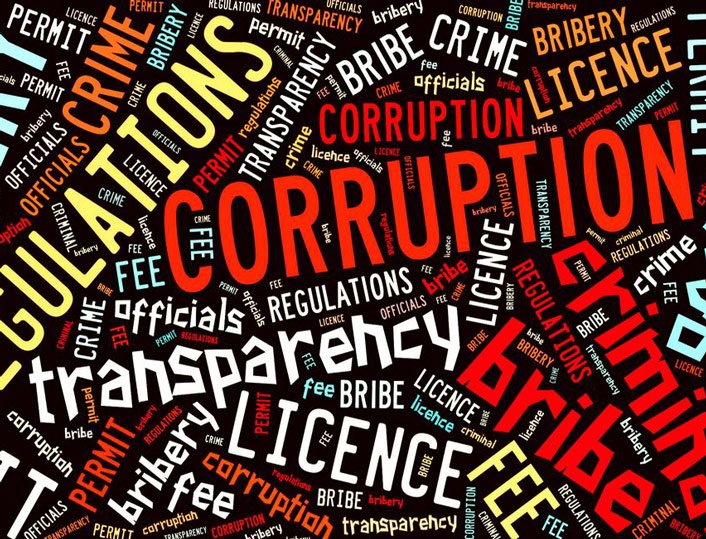Editorial
The latest Economic Update and Outlook from Pakistan’s Finance Division paints a rosy picture, but a closer look at the data reveals a more complex reality. The report claims the caretaker government reduced unproductive spending. However, data shows a significant rise in the fiscal deficit despite a decline in development programs. This indicates an increase in budgeted current expenditure, contradicting the claim of reduced spending. While the report highlights a rise in tax and non-tax revenue, it fails to consider the high inflation that automatically boosted collections. Additionally, the proposed tax reforms focus on administrative changes, neglecting a more equitable tax structure that burdens the poor less.
The report portrays a positive trend in large-scale manufacturing (LSM) and exports. However, it ignores that LSM growth remains negative compared to the previous year, just with a less severe decline. The export increase is attributed to global price hikes, not volume growth. The previous government’s currency control policies are also blamed for lower exports in the prior year. The report blames high inflation on IMF conditions, but ignores the heavy reliance on domestic borrowing to fund current spending, leading to a wider deficit and fueling inflation. The current account deficit reduction is attributed to import restrictions, which are temporary and don’t reflect a rise in exports.
The report boasts about rising reserves but fails to mention that this increase is due to debt, not increased dollar earnings. Additionally, the previous government’s policies are blamed for the lack of pledged assistance from international organizations.
Overall, the caretaker government claims to have stabilized the economy, but this is largely based on completing the first review under the IMF program, not on a significant improvement in key economic indicators.
The newly elected government faces a tough challenge – meeting strict IMF conditions for further program support while dealing with a situation exacerbated by the outgoing Punjab government’s spending decisions. The only path forward seems to be implementing structural reforms, which have been consistently resisted by previous administrations.
Please, subscribe to the YouTube channel of republicpolicy.com














